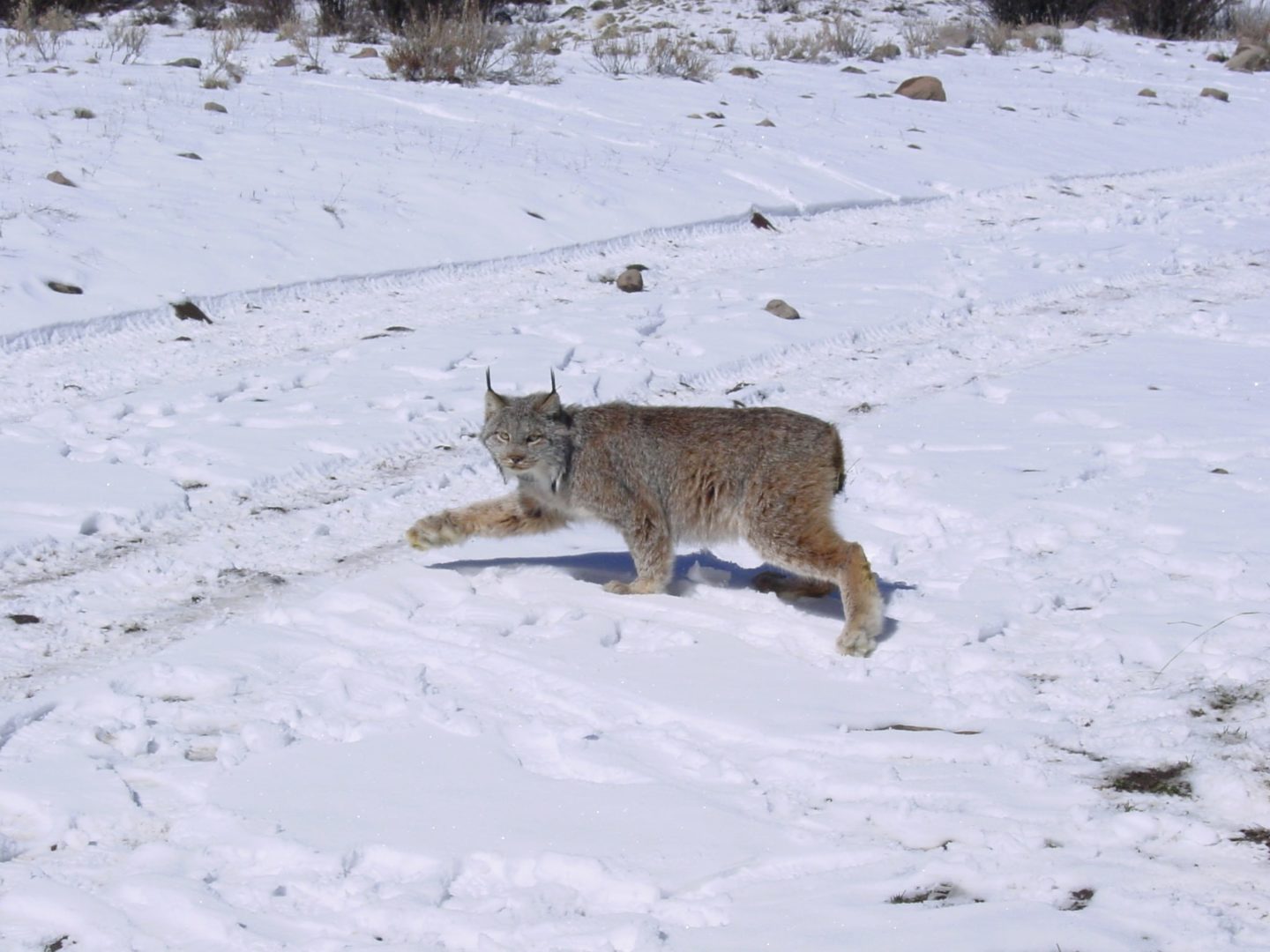Indigenous and environmental groups criticize government’s neglect of provincial Species at Risk Act
FREDERICTON/ THE TRADITIONAL TERRITORY OF THE WABANAKI PEOPLES – In a demand letter sent to Minister of Natural Resources and Energy Development Mike Holland, prominent Indigenous and environmental groups are threatening litigation over New Brunswick’s failure to protect endangered species.
The Government of New Brunswick has demonstrated an ongoing failure to meet its obligations under the Species at Risk Act (SARA). First introduced in 2012 as a replacement for the previous Endangered Species Act, it governs the protection of species at risk in the province.
The Minister has failed to respond adequately to a letter sent by several prominent Indigenous and environmental groups in November 2020, demanding the government deliver a concrete plan for how the Act will be fully implemented. A report by East Coast Environmental Law, sent to the Minister a month prior, demonstrated that for many species at risk listed under the Act, even simple, preliminary steps towards protection have not been taken.
Today’s letter, sent by Ecojustice on behalf of the Maliseet Nation Conservation Council, Nature NB, WWF-Canada, the Nature Trust of New Brunswick, and the Conservation Council of New Brunswick outlines specific demands and timelines that the Minister must meet to come into compliance with the Act. The letter stipulates that failure to respond to or implement the demands in full by the stated deadlines may result in litigation to enforce the law.
Sarah McDonald, Ecojustice lawyer said:
“The Government of New Brunswick has neglected its responsibilities under the province’s Species at Risk Act, leaving many vulnerable species without adequate protection in the province.
“The lack of enforcement of the Act raises numerous concerns, particularly given the ongoing, rapid and widespread loss of biodiversity in Canada and around the world.
“Ecojustice and our clients hope Minister Holland will respond to the demands and properly implement the Act’s requirements by the stated deadlines.”
Patricia Saulis, Executive Director, Maliseet Nation Conservation Council said:
“On behalf of our relations in the natural world, MNCC is looking forward to working with our partners on improving the fate of those we need to take care of – the 4 legged, the finned, the winged, the crawlers, the plants, trees and waters. We seek to honor our role as caretakers, stewards and helpers to our environment and with this action, to reaffirm our goal of restoring health and balance.”
Vanessa Roy-McDougall, Executive Director, Nature NB said:
“Plant and animal species are the foundation of a healthy ecosystem. When a species becomes endangered, it is a clear sign that the entire ecosystem is in trouble. The Government of New Brunswick needs to step up now to protect at risk species in the province, so we can preserve our rich natural heritage for generations to come.”
Lois Corbett, Executive Director, Conservation Council of New Brunswick said:
“Far too many species important to New Brunswickers have been left unprotected in our woods and waters for far too long. Everything from the small Eastern wood pewee to the iconic Canada lynx are increasingly threatened by habitat loss due to forestry management and other causes. If the Minister wants to be true to the law, we need to see recovery assessments written and new regulations passed.”
Emily Giles, Senior Specialist, Species, WWF-Canada, said:
“WWF-Canada has identified New Brunswick as a priority area for conservation in Canada, due to the large number of species at risk and important habitats that can be found in the Wolastoq, or Saint John River, watershed. With increasing human pressure on the landscape, it is critically important that species at risk receive protection from the province now.
“Without action, our research has shown that dozens of species – including the shortnose sturgeon and Furbish’s lousewort, which are unique to New Brunswick and not found anywhere else in the country – are likely to disappear from the region within the next 25 years.”
Renata Woodward, Chief Executive Officer, Nature Trust of New Brunswick said:
“Conserving ecologically significant land needed by Species at Risk (SAR) and helping private landowners to preserve SAR habitat on their land is a top priority for the Nature Trust of New Brunswick. It is crucial for the Government of New Brunswick to take responsibility for protecting Species at Risk and to fulfill the actions outlined in the Act. We stand ready to do our part in SAR conservation.”
Background
The vast majority of at-risk species listed under the SARA have been left without the Act’s legal protection since the Act first came into force in 2013. Protection assessments have not been prepared for nearly two-thirds of the 88 species listed as extirpated, endangered, or threatened, meaning they do not currently benefit from basic prohibitions against being killed, harmed or harassed.
For example, Atlantic salmon (Outer Bay of Fundy population) are listed as endangered under the SARA and face threats from aquaculture, dams, and changes in the marine environment due to climate change. The letter demands that a feasibility of recovery assessment be prepared and posted to the species at risk public registry (as required by the Act) within 180 days.

